A squirrel scampers to its home atop a tree, while a jogger breaks into a run.
It is a rare overcast day at the picturesque Senganthal Poonga in Chennai, where singer Sivasri Skandaprasad is chatting about her eventful last few weeks. She recently returned from Mauritius and Reunion Island, where she performed classical concerts for the Thai Poosam festival. Back in India, she toured a few cities for mystic music festival Ruhaniyat, in which she musically sojourned the Tamil poems of the Nayanmars and Azhwars of the Saiva and Vaishnava traditions.
As her fingers rustle a few leaves at the park, Sivasri Skandaprasad softly breaks into a song. She is humming the notes of ‘Vellai Pookal’ from 2002 Tamil film Kannathil Muthamittal.
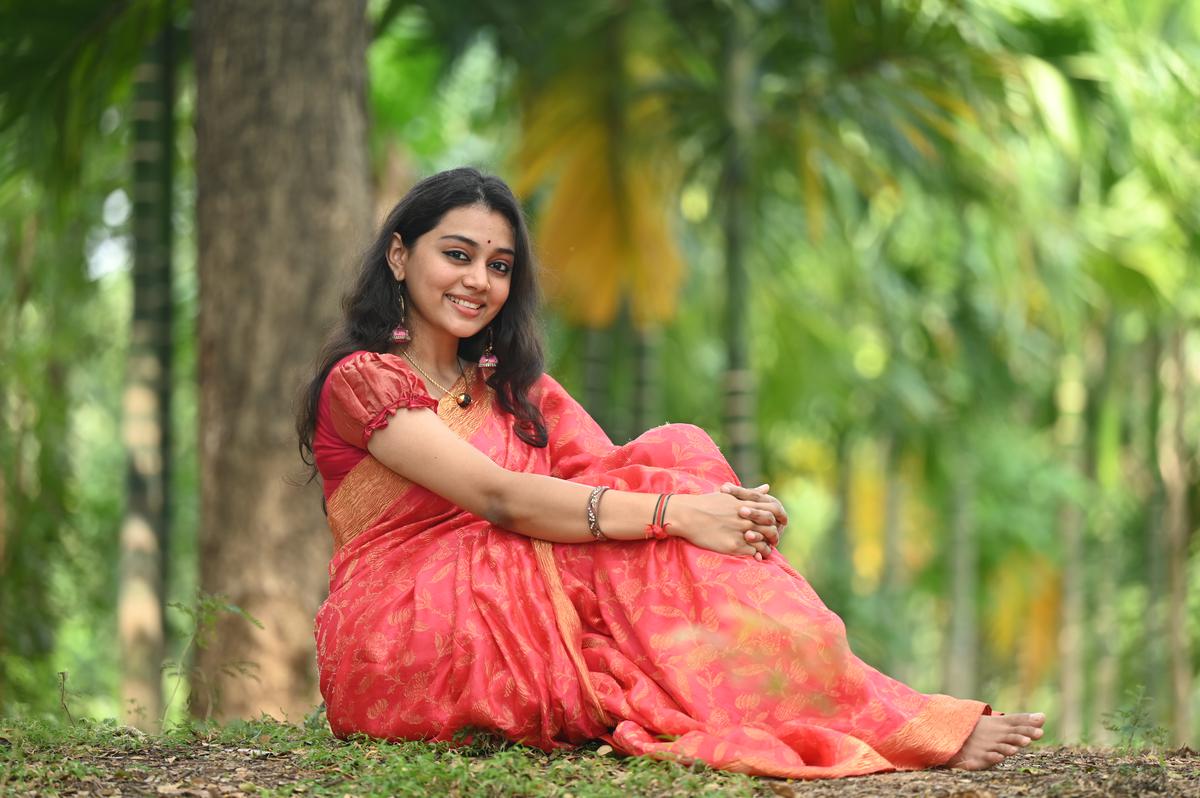
Sivasri Skandaprasad
| Photo Credit:
Johan Sathyadas
Sivasri is a familiar face for fans of devotional and classical music, but the singer recently added another facet to her personality: film music. Her voice featured in ‘Vanathi’s Message’, part of AR Rahman’s Ponniyin Selvan original score that was released recently, after the success of both instalments of the film.
“That came out of nowhere,” she smiles, “AR Rahman started following me on Instagram after watching some of my videos, and one of his sound engineers reached out to me. I was surprised when he politely asked me if I was interested in singing for Ponniyin Selvan. I was shocked because well, who says no to Rahman sir!”
A few days later, she recorded the ‘Helhe Neenu’ track for the Kannada version of the film and subsequently, ‘Vanathi’s Message’ in Tamil. “I have this vibe of being a traditional, devotional songs musician, but I was all ready to try out something new. Recording these songs was a moving experience,” says Sivasri, who is a fan of international music stars Bruno Mars, Adele and pop band Maroon5. “I listen to all types of music, including Bollywood and pop. All this helped me in my own manodharma.” She explains, citing an example, “I remember once being addicted to this track called ‘Jaag Musafir’, and listening to it on loop. Later, when I sang the popular classical song ‘Pibare Rama Rasam’, I spotted the same musical phrases in it. I was taken by surprise. It made me realise that any kind of music we listen to has a great impact on how we deliver our songs.”
A big step
Sivasri had an early entry into the creative arts as she hailed from a musically-rich family, her grandfather was Carnatic vocalist Seerkazhi Jayaraman, and her father, mridangam vidwan Skandaprasad. “I grew up with artistes visiting home and discussing music. There was a natural inclination towards it, and my appa ensured I practised music from when I was three. I even remember watching him record and edit a CD, which was fun. Music was a natural mahol in which I grew up.”
But vocal music was not her first draw and in fact, came into life just a few years ago after the onset of the pandemic. Till then, it was Bharatanatyam and dance that held her fancy. Sivasri still vividly remembers her first outing as a danseuse as a ten year old. “My arangetram was differently conceptualised,” she recalls, “My guru had chosen ‘Varugalamo Ayya’, a deep Bhakti poem that was difficult to pull off. It was a big challenge as a debut piece, because dancers like Lakshmi Vishwanathan were doing that song on stage back then.”
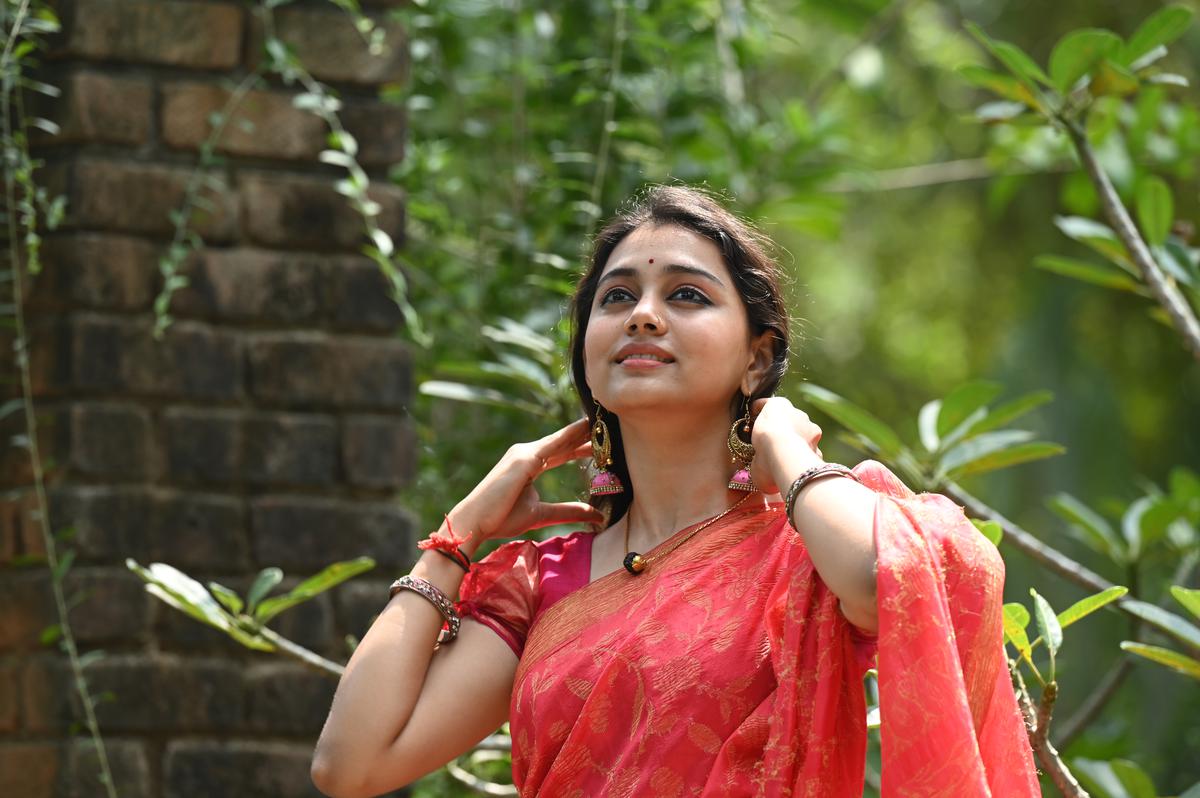
Sivasri Skandaprasad
| Photo Credit:
Johan Sathyadas
Six-hour dance practice sessions before the arangetram helped Sivasri pull it off, with renowned personalities in the music fraternity among the audience. “Every session was overwhelming, but thankfully, it came out well.”
Does she consider dance and music as part of her creative expression? “Earlier, I was a dancer who enjoyed music. Now, I am a singer who dances through music. A lot of people talk about how my face expresses the bhaava of the sahitya, and I realised how dance has helped me become this musician.”
Bridging the gap
Sivasri is also a popular exponent of the namasankirtanam tradition, which refers to the practice of congregational chanting of sacred expressions associated with a given deity. She holds this art form in high regard as an important tool that needs to spread to the younger generation. “The base for any Indian art form is surrendering to the divine. Many students are deviating from this concept, and separating the art from divinity. Namasankirtanam will bridge this gap,” she states, “When we chant, people from all states, whether they are agnostic or atheist, forget themselves and join in.”
She plans to do more of that through her music school Ahuti, which aims to make all Indian art forms relevant to the younger generation. “I believe that it will make us rooted to our culture,” she opines.
Sivasri’s dream is to spread the various aspects of music far and wide, even as she tours for special performances and teaches students. “I want to remove all bifurcations that exist between genres of Indian music. I also want to make art simpler. There is so much complexity in music today that it has become as superficial as finding out what raga a composition is based on. That should not be the ultimate goal of a concert. The music has to touch them and changed people for the better. The stage is an agnipeeta; the art has to be born there once again. A lot of thought should go into a concert and as artistes, we should elevate audiences.”
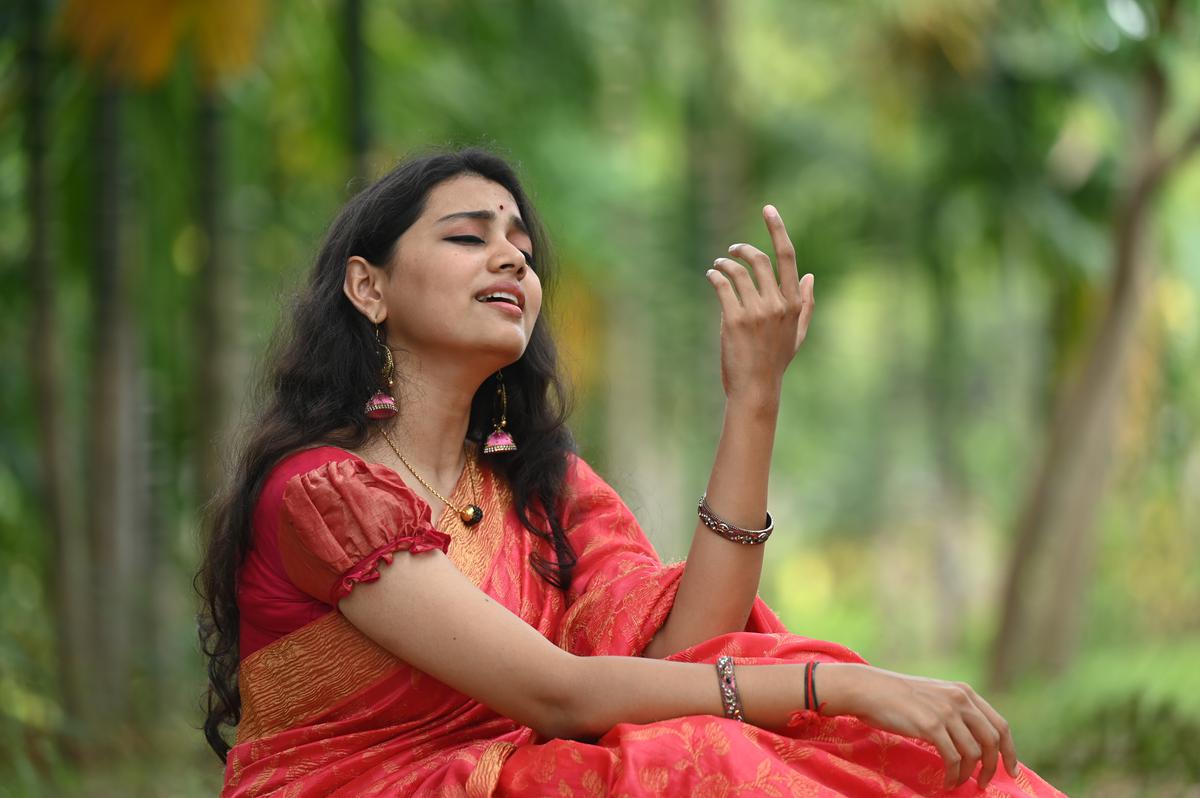
“The stage is an agnipeeta; the art has to be born there once again.”Sivasri SkandaprasadSinger
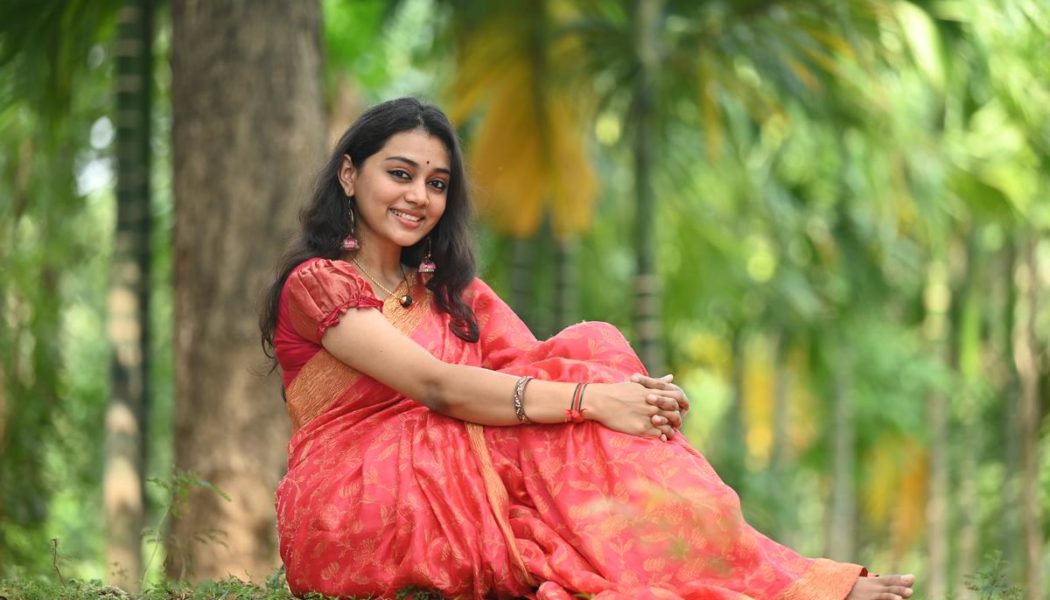



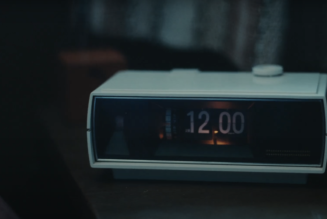

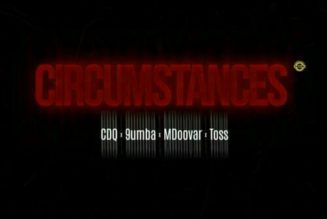


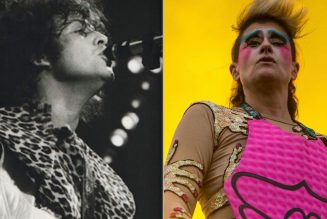


COMMents
SHARE
Email